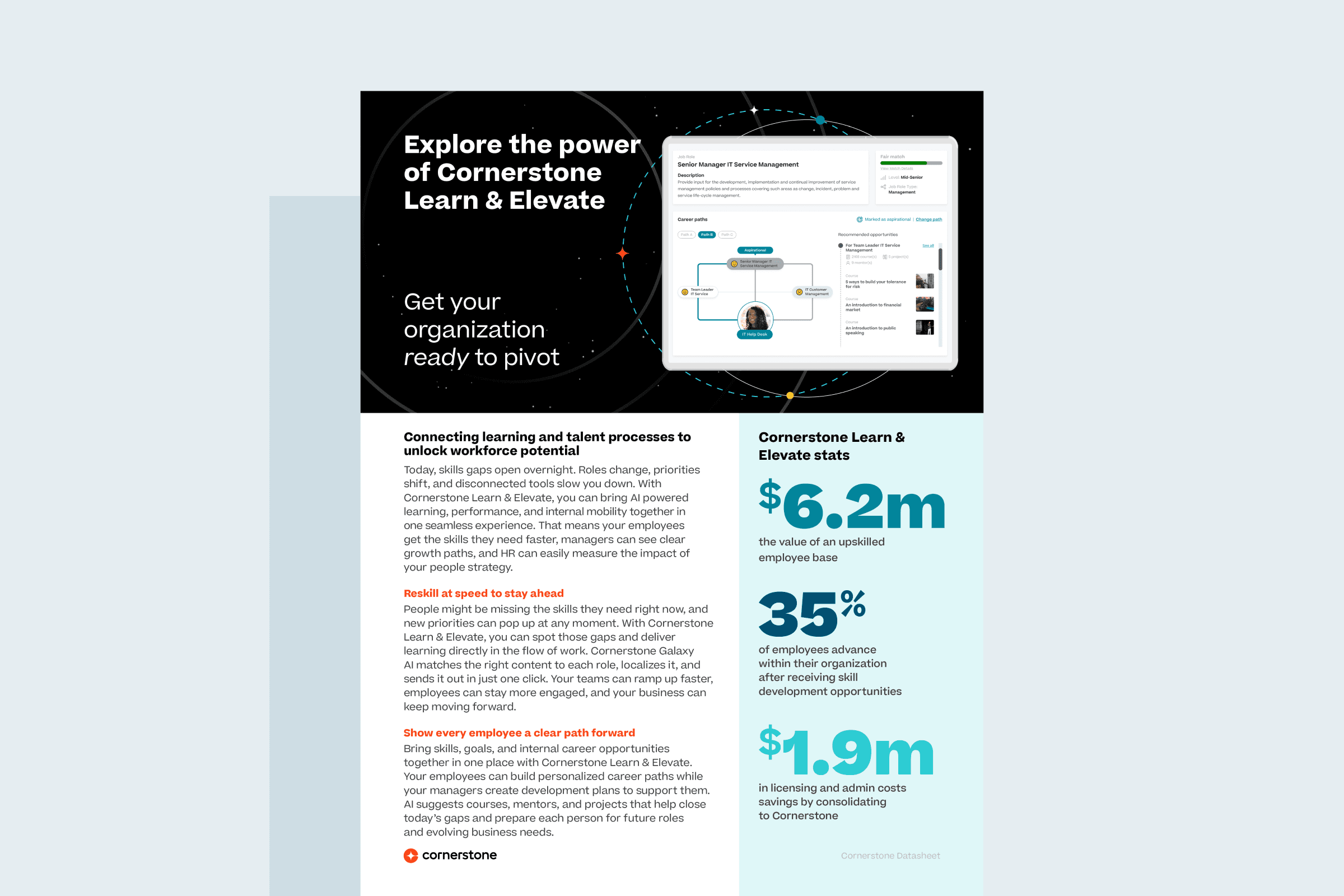Every business needs an employee handbook, right? This contains all those fun legal things like the fact that you're an at-will employee, that you need to comply with a code of conduct, and what the dress code is (among other things). So, it's a really, really important document. Except that maybe that's not true. Linda Itskovitz, VP of marketing for employee communications company GuideSpark, says the handbook is a very unimportant document.
Why? Because no one actually reads it. "The employee handbook, as a medium, is not important because the majority of employees never open their handbook in the first place, especially millennials," Itskovitz says.
However, she clarifies, the information in the handbook is critical. "The information in the handbook, and the handbook as the traditional method, is one of the first things shared with new hires, and sets the first impression of a company to employees. It contains critical information — the expectations and code of conduct and culture for working within a specific company. Unfortunately, the current medium, the handbook, is not doing its job."
I can personally verify what Itskovitz says: in all my years of work, I've never more than glanced at the handbook. I've signed receipts saying that I've received a copy, but received is about as far as it gets.
So, what can you do to make this critical information available and accessible to your employees?
Here are four ideas for making your handbook the best on the block.
1. Kill the paper. When was the last time you accessed information like this in hard-copy form? Do you telecommute? Are there changes that happen regularly? The answers to all these questions are: 2007, sometimes, and, of course there are. Handbooks have to be kept up to date and our state and federal governments spend half their time (this may be an exaggeration) changing employment laws. So, put everything on your intranet.
The advantage of this is that you can make the document easily searchable. Now Jane doesn't have to go searching through stuff she got at new hire orientation to find out if she can wear sandals in the summer. She just logs on, clicks on search the handbook and looks for dress code. She'll then find that she can wear sandals because only crazy companies forbid sandals (and companies with safety issues, like manufacturing, of course).
2. Make it interesting. Don't use fancy-dancy legalese for your handbook. Sure, some of that is required by law, but make it interesting to read. Give examples of what it means to follow the code of conduct. For instance, give a couple scenarios when an employee should call the compliance hotline. It makes for better reading. And better reading means people might actually read it.
3. Add a video. GuideSpark specializes in videos that handle scenarios just like Jane's sandal dilemma. You think your employees won't want a video about dress codes? Well, it doesn't sound thrilling, but Itskovitz points out that more than 6 billion (that's with a B!) hours of video are watched each month. Your employees watch part of those videos, especially your millennial employees. They are used to gaining information via video.
4. Don't overburden the employee. "Hi! Welcome to Acme Corp! Here's your badge, your insurance forms, your handbook, your map of the campus, your job description, and a 6-month backlog of work because this position has been vacant a long time." Right? That's how the first day goes. It's completely overwhelming and no wonder no one reads the employee handbook. Who on earth would do that when there are so many other things going on?
That other stuff is what GuideSpark refers to as "noise." "When employees join a company, they are bombarded with information, and the information in the employee handbook, which is critical, gets lost in all the noise," Itskovitz says. "They are also trying to learn about their jobs; and learning about the culture, the company, etc., is often lower in their priority list."
Instead, make sure your new hires have access to the information — including the videos — before they show up at work.
What's the benefit? Certainly, it's easier to write a handbook that no one ever reads than it is to make engaging material your employees either want to read or videos that your employees want to watch. You'd be missing out on the benefits to a good experience and understanding handbooks. What are they? Itskovitz says, "There are a countless benefits to employees both knowing and understanding the information that has traditionally been distributed through the handbook. An employee that has a positive onboarding experience is more likely to stay with the company longer, is more aligned to the company's code of conduct and culture, and is a positive reinforcement of your behaviors and values."
Employee handbooks are never going to be Steven Spielberg dramas, but you can make them better than the boring unread tomes of years past. It's worth it to your business.
Photo: Creative Commons


